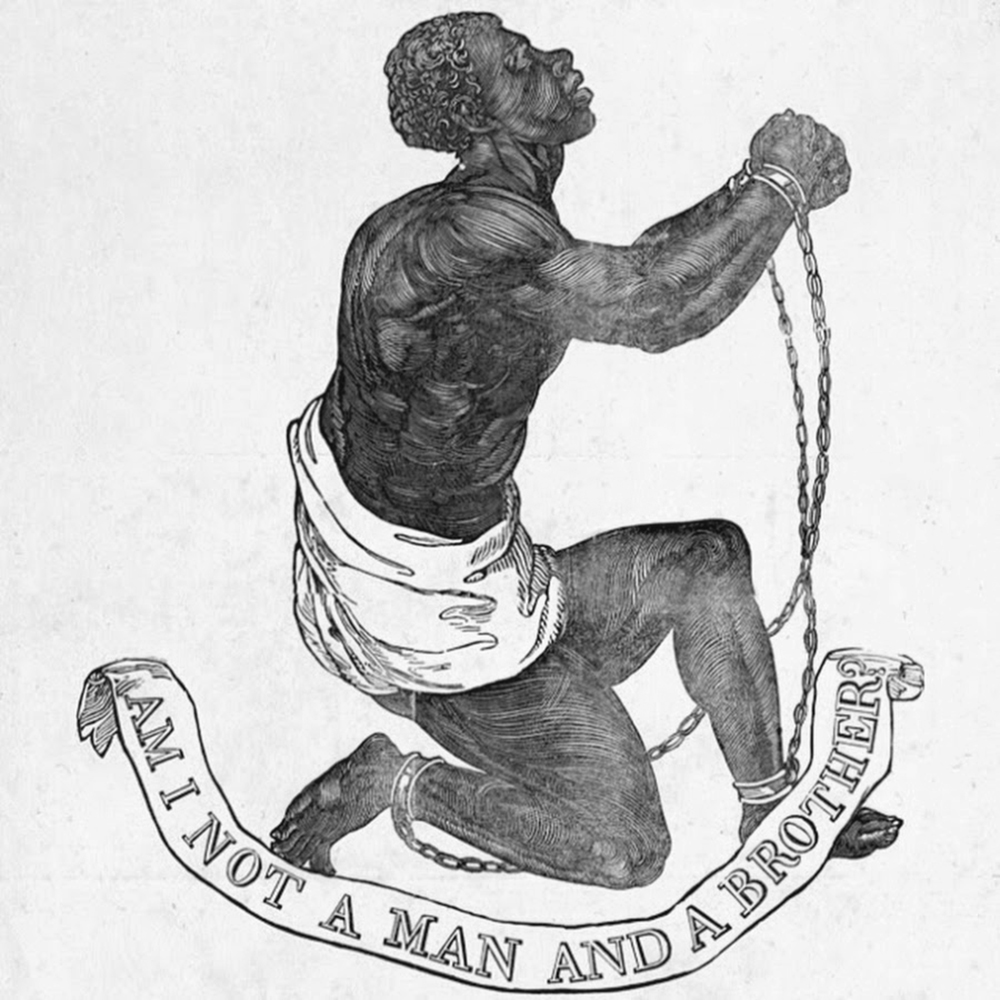4 Lesser-Known Slave Revolts in the New World
Examining the agency of enslaved individuals in the Americas through four previously overlooked rebellions.
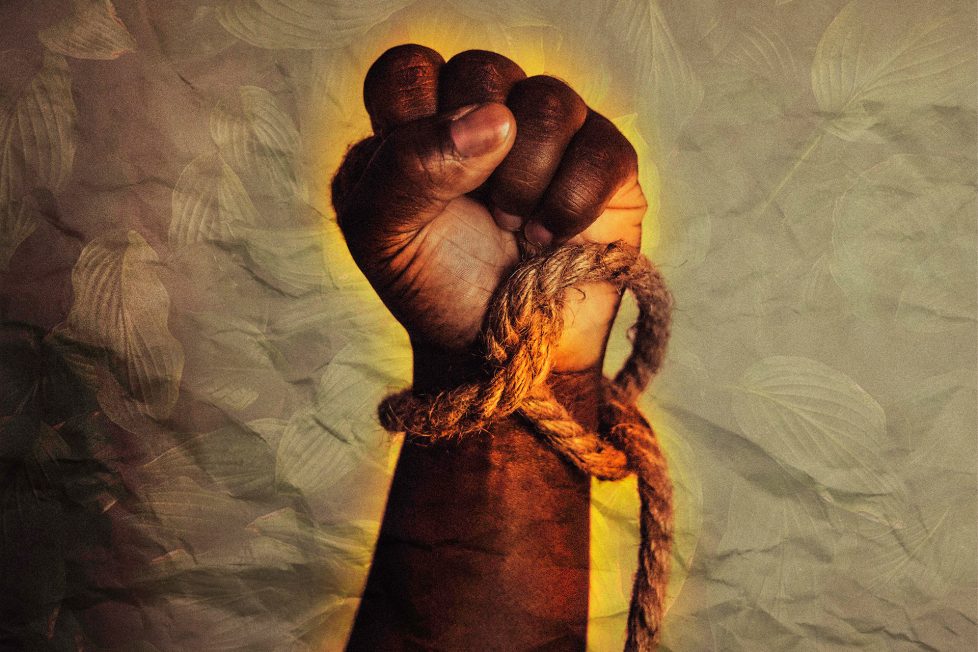
Examining the agency of enslaved individuals in the Americas through four previously overlooked rebellions.

Table of Contents
ToggleMany works have been published about the economic influence of the slave trade and the shameful conditions of slavery. Most texts portray enslaved people as submissive to their forced servitude. This narrative could not be further from the truth. Recently, historians have written about slaves’ agency in their research, highlighting the power enslaved people took within the institution of slavery.
Rebellions were part of a strategy used by enslaved people to resist their captivity. Slaves’ plans to revolt can be seen as a form of agency. Examples of well-known slave revolts are the Stono Rebellion and Nat Turner’s Rebellion.
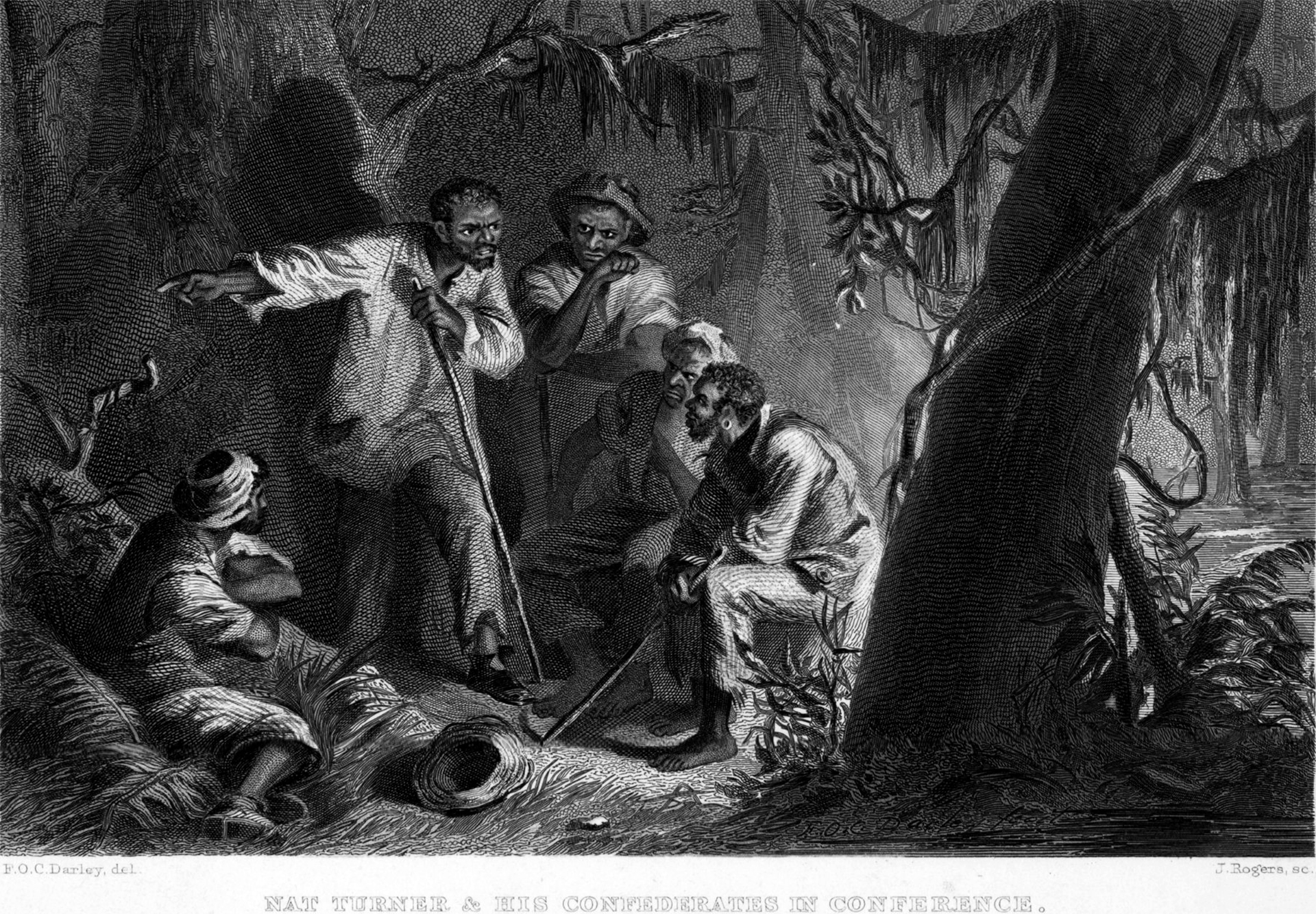
Important to note, historians usually only have records of the enslavers’ point of view, not the enslaved. This skews our understanding of these revolts. Europeans and white colonists tried to prevent rebellion by heavily supervising and controlling their slaves through slave patrols and, later, black codes. By understanding this white fear, historians can better understand the laws created to contain or reduce this anxiety.
Studied by only a handful of historians, Aponte’s Rebellion was actually the most significant event in Cuban history. Historians believe that the slaves in Cuba were inspired by the success of the Haitian Revolution that occurred about a decade before. The Haitian Revolution was the only revolt successful in abolishing slavery, creating a free state, and founding a government of non-white political leaders.
Aponte was a freed slave who created sculptures for a living. He was also the captain of Havana’s Black Militia. Aponte had the advantage of a military background from fighting in a previous war. Due to his skill set, Aponte became the Spanish slave owners’ worst fear, later fueling their crusade against him.
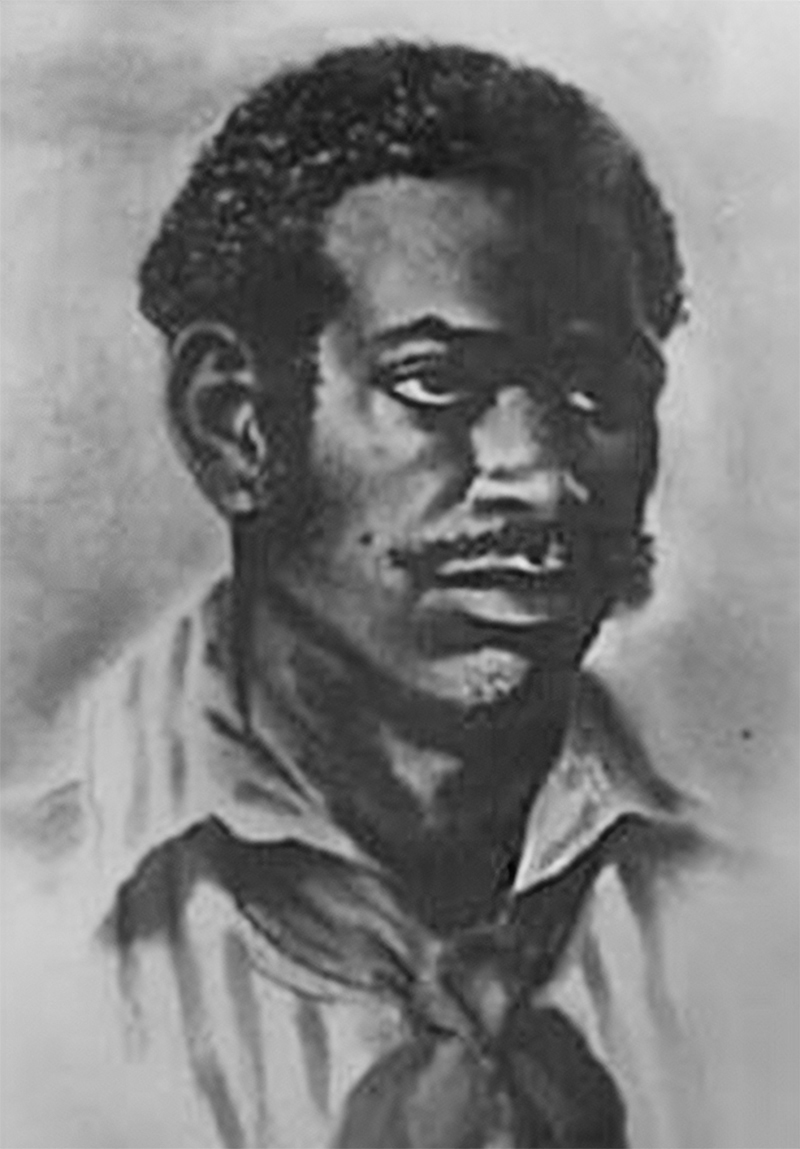
Aponte campaigned in secret for plans to dismantle slavery in Cuba. His ideas spread across different groups on the island. Unfortunately, the Spanish authorities discovered the plans before they could be enacted. However, since the Cuban Africans involved spoke a variety of languages and lived a span of 500 miles apart, the revolt ideas discovered by the Spanish were planned separately by different groups and could not have been planned solely by Aponte. Cabildos de nación, African-formed societies, played an important role in producing the plans in these revolts. Nevertheless, the Spanish saw Aponte as an easy scapegoat to blame since he was the most militant and most known.
His trial records include over 6,000 pages of testimonies from slaves across Cuba. These records gave agency to black people that had none under normal circumstances. However, similarly to Joan of Arc, the testimonies were created at the hand of the oppressor, causing the recorded testimony content to be questionable.
Further, of all the thousands of pages, the most important testimony is missing – that of Aponte himself. Aponte was convicted due to his sketchbook that contained detailed blueprints of revolt plans. The goals of the Spanish were to suppress the revolt, kill the leaders, and restore order, all of which were successful in Cuba.
An important difference between the Aponte Rebellion and the Haitian Revolution was the numbers of the slave population. The Haitians had a higher chance of success because the enslaved people outnumbered the colonists. And although Aponte was not successful, the possibility of revolt caused white plantation owners across the New World colonies to become more apprehensive of more revolts against the institution of slavery.
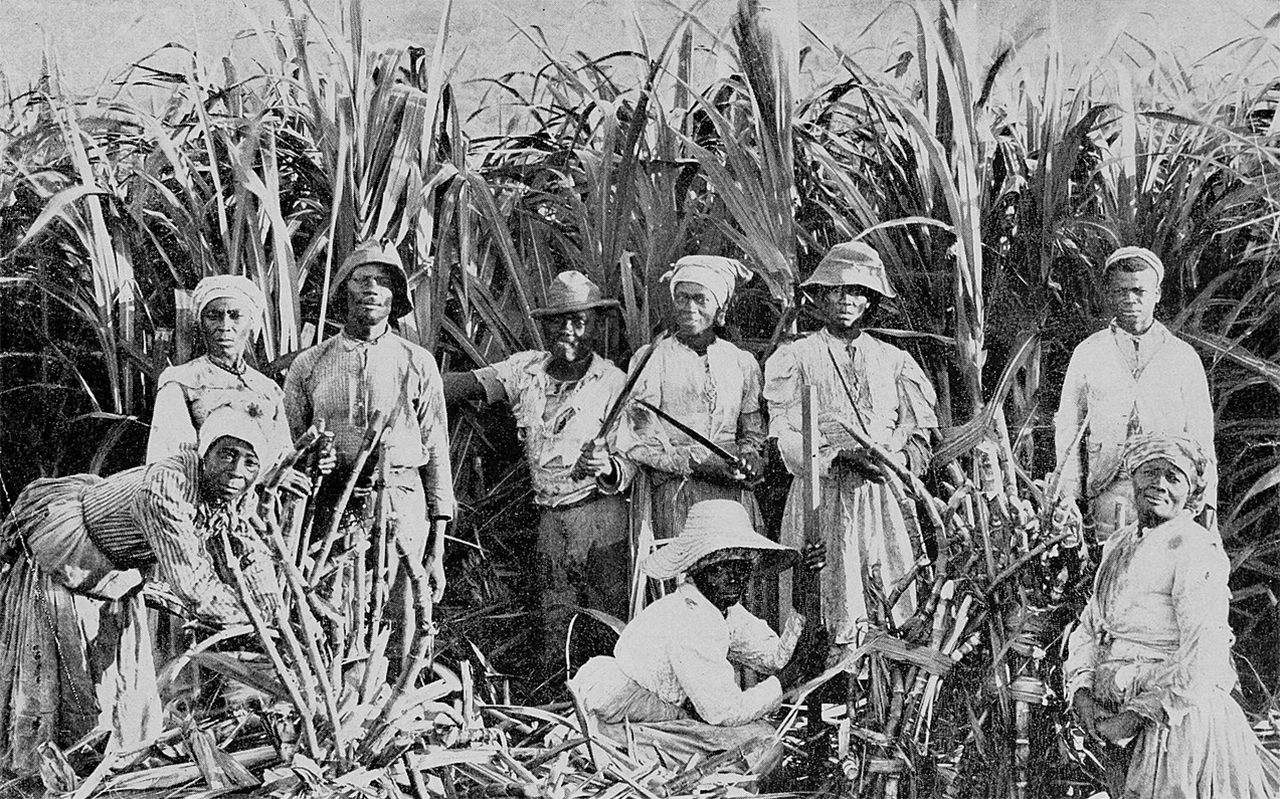
On June 1, 1730, a ship named Little George, carried almost 100 captives. The ship left the coast of Guinea bound for the Rhode Island colony, which was a large slave trading port in the 18th century.
300 miles and 5 days later those same enslaved people escaped from their iron shackles. They created bombs out of stolen gunpowder and bottles. The captives killed 3 crewmembers and threatened to blow up the entire ship. Seeing the obvious threat, the crew surrendered. Without any previous sailing experience, the Africans were able to navigate back to their homeland. They landed in the mouth of the Sierra Leone River, only 36 miles south of where they had started.
There is no further information on what happened to these people after breaking free. However, the captain of the ship, George Scott wrote his testimony of the event, another example of the oppressor writing the records. Scott described being barricaded into his cabin with his crew and surviving only on raw rice for the nine-day journey back. George Scott still participated in the slave trade for another decade before disappearing near the coast of Antigua and being declared dead in 1744.
Ship revolts like Little George were not uncommon. Ship owners often bought insurance to financially cover the possibility of collateral damage in a resistance fight.
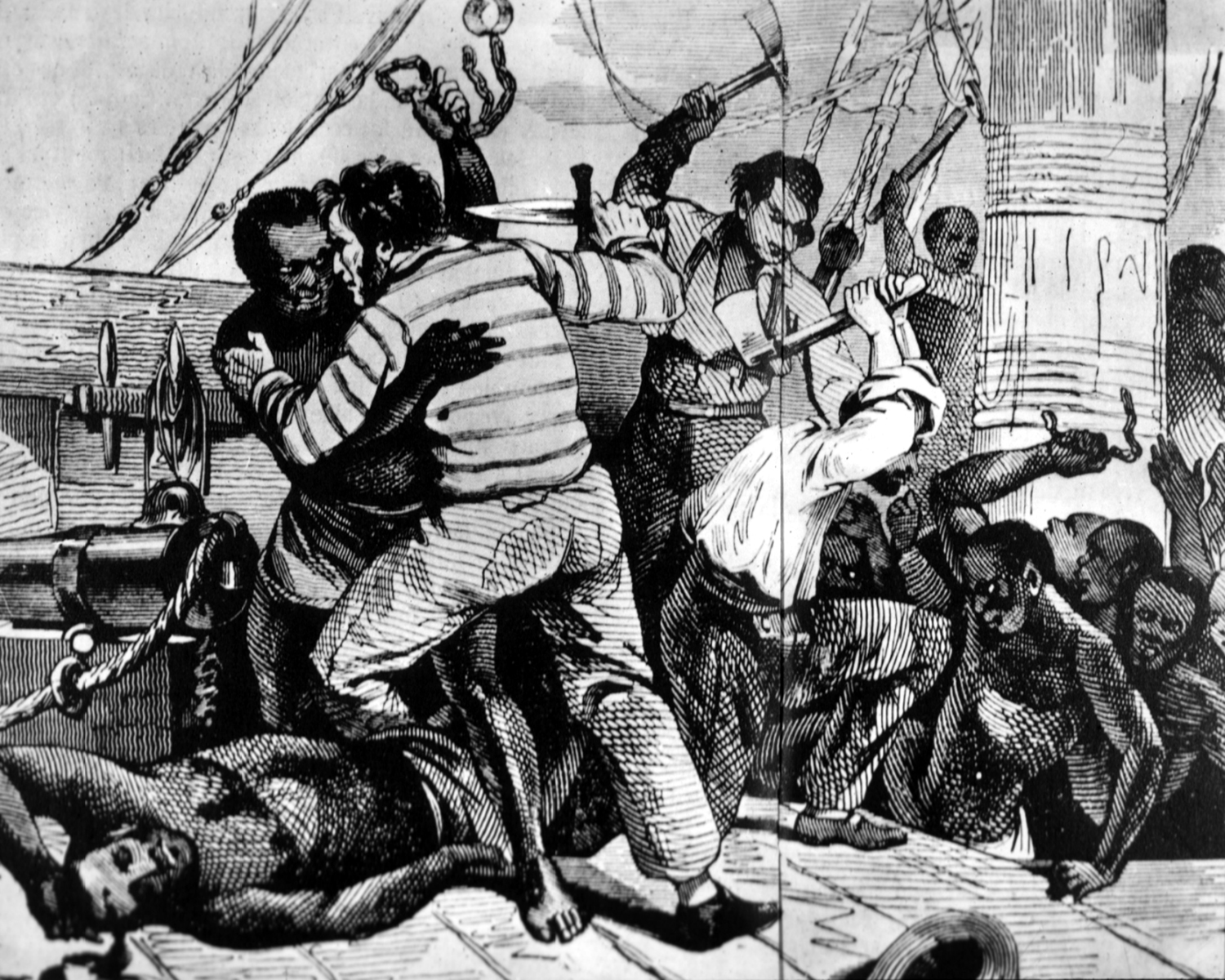
France once held numerous colonies in the Caribbean. In 1794, the French government abolished slavery across these territories. This decision led to grievances from plantation owners, who claimed they were unable to secure labor. Addressing these concerns, Napoleon Bonaparte restored slavery in French Caribbean territories, including Saint-Domingue and Guadeloupe. Historically, these islands were often referred to as the West Indies, and today, they form part of the Greater and Lesser Antilles.
The people who had been free and considered French citizens for almost a decade at that point, had no intention of reversing their status. There was a successful revolution in Saint Domingue, today known as Haiti, unfortunately, the efforts in Guadeloupe were not as fruitful.
Solitude had been a slave in Guadeloupe. Historians believe she was conceived of rape while her mother was transported as a captive across the Atlantic Ocean on a slave ship. Due to Solitude’s lighter complexion, she was a domestic slave. Her mother was of darker complexion and therefore worked in the fields. This practice of colorism was common on plantations.
In the early 1790s, she ran away to the hills to join a maroon settlement, La Goyave. Maroon settlements were runaway slave communities, often hidden in remote areas. She eventually became the leader of La Goyave.
In May 1802, French ships landed with the intention of reinforcing the institution of slavery, a move supported by the plantation owners. Despite being pregnant, Solitude, the leader of the maroon colony, led her group against the French soldiers. In La Goyave, they set a trap to capture the French forces but ultimately caused an explosion that took out 500 French troops. Despite this effort, Solitude and several others were captured. Solitude was imprisoned and sentenced to death. Sadly, she was executed one day after giving birth. Her baby became the property of her former slave master.
Slavery was officially reimposed on Guadeloupe in May 1803, about one year after the French first arrived. The institution was not permanently abolished in the French Caribbean until 1848. Solitude’s story was largely forgotten until records were recovered in the 1960s. In a book called, Historie de la Guadeloupe written by Auguste Lacour in 1803. Solitude was said to have intimidated the prison guards. She found a rabbit and a pin. Piercing the rabbit she said, “Here, this is how I will treat you when it is time.”
Today, the island of Guadeloupe has a museum, street signs, and statues of Solitude. In 2020, France erected a statue in her honor in Paris. This was the first statue to represent a black woman in the French capital.
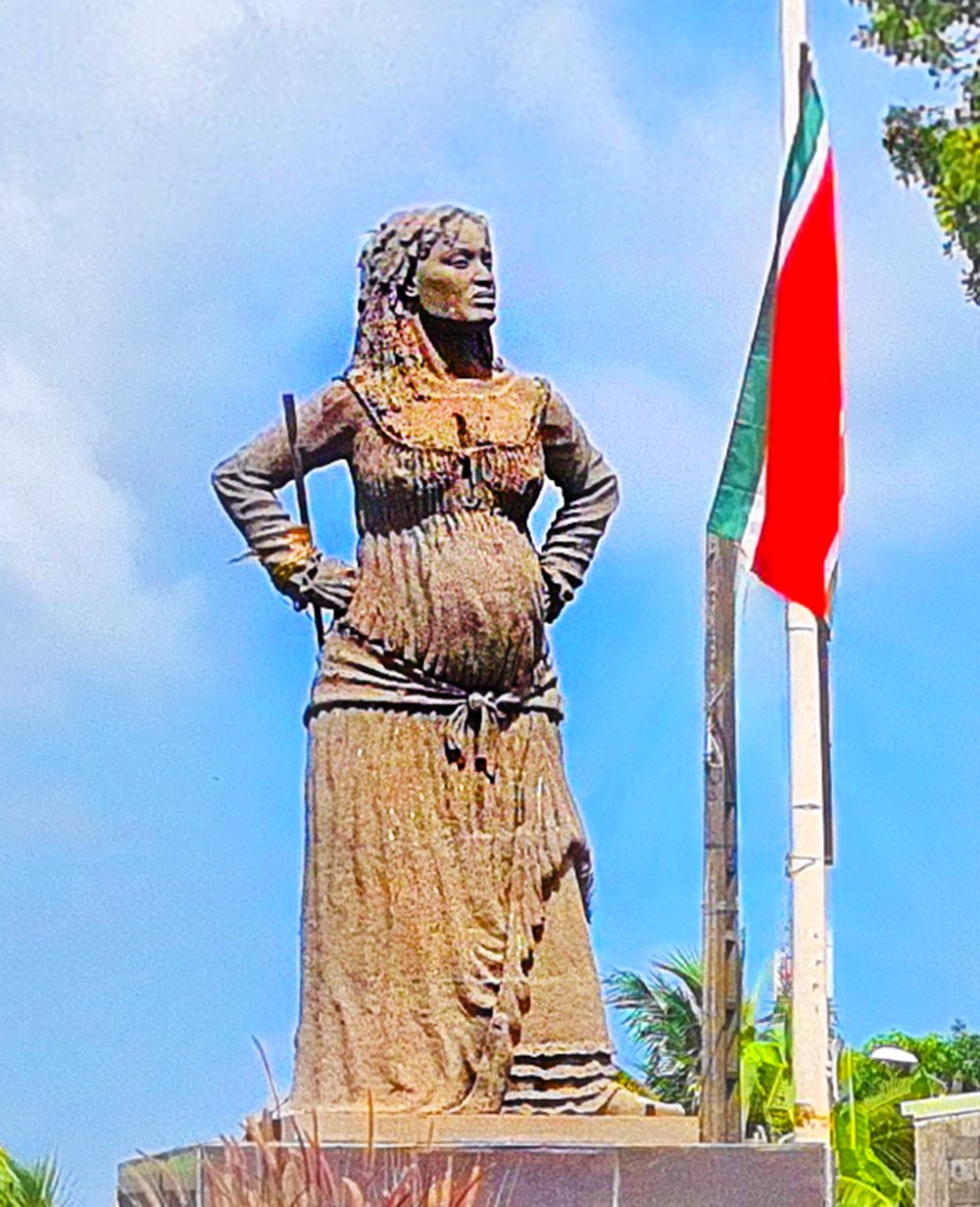
In spring 1741, a series of fires ripped through Manhattan.
Governor George Clarke was the first victim, and possibly for good reason. His first acts as governor in 1731 were to whip a man for not moving a wagon out of his way quickly enough. He also fired a judge when he was not granted an adequate salary. Needless to say, he was not well-liked as a governor. On March 18, 1741, a fire started at Clarke’s mansion. The colonists only had water buckets to try to control the flames. They were not successful and the house burned completely. By nightfall, the fire spread to Fort George. A steady rain lessened the severity of the fire until some hand grenades inside the fort exploded. The fort was completely destroyed.
The incident was first blamed on a careless plumber — fires were common in New York during this time period, so the conclusion was easily accepted by the colonists. Later in the week, a ship captain’s house caught on fire but was successfully saved by the “bucket brigade.” This time, colonists were more organized in defeating the fire by passing buckets of water down a line. Again, not unusual for a couple of houses to catch on fire in one week.
However, when the next fire started three days later, the colonists began to suspect arson. After a quick investigation, coals under a haystack were found. The next morning, four more colonists’ houses burned. At first, the colonists suspected the involvement of witchcraft, a remnant of the Salem witch trials from decades prior still lingered. However, they eventually concluded that slaves were to blame. The New York colonists decided to blame enslaved people instead of witches due to recent uprisings happening in other parts of the Americas.
Within a week, the colony’s authorities launched an investigation into the fires and sought to identify the implicated slaves. Enslaved people were typically punished privately by their masters. However, breaking from this tradition, these slaves faced formal prosecution in court.
An indentured servant was enticed to testify against the accused with the offer of her freedom. Her testimony, which was likely given out of self-interest, resulted in the execution of over 30 slaves.
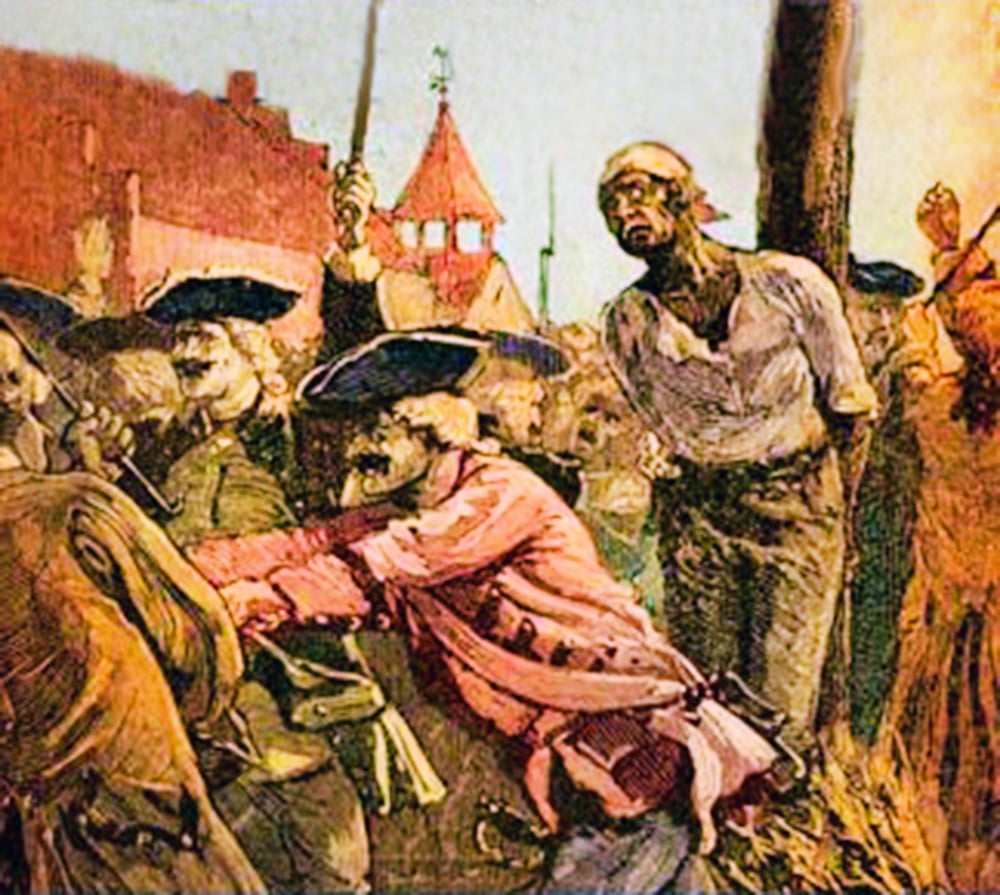
A driving force behind the 1741 trial was the court’s desire to uphold its reputation concerning the colony’s management of the slavery status quo. For the local government, it was imperative that the court secure a decisive victory. Thus, the court proceeded with dubious convictions of the slaves. The colonists had no concrete evidence. The trials showcased a tactic of intimidation by the prosecution to fabricate an adversary. In essence Manhattan orchestrated its own witch hunt, convicting slaves for the fires based on nothing more substantial than prejudice.
Similar to Aponte’s Rebellion, the Manhattan fires were probably not a planned slave revolt, but it does demonstrate how past revolts shaped the colonists’ views.
Slave patrols began in Spanish and English Caribbean colonies. They were meant to seed terror among the slaves and deter any further uprisings.
In the Caribbean, patrollers started as former slaves. However, this approach failed because of resistance within the patrol groups. The English colonies learned from the Caribbean’s mistake and used only white colonists to form the patrols. The duties of patrollers were to intrude in slave quarters, disperse slave gatherings, and guard the plantations. Being a part of the slave patrols was seen as an honor.
In the United States, after the Civil War, slavery was abolished. To calm hysteria among former slave owners, Black codes were created. Black codes were laws meant to limit the freedoms of the formerly enslaved people. During this period, vigilante groups, such as the KKK appeared. They incited and committed violence against Black people.
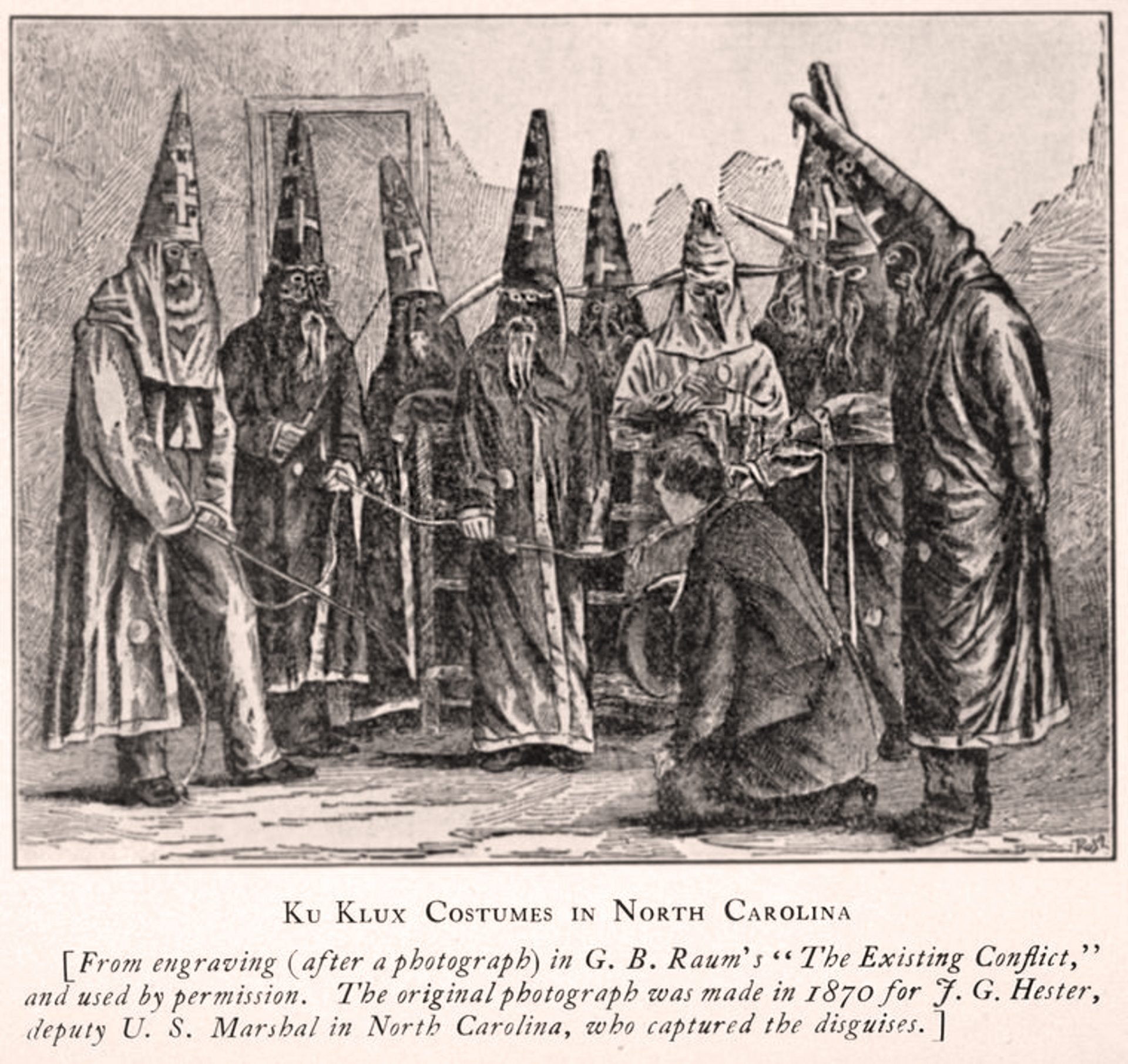
Enslaved individuals possessed agency, challenging the prevailing narrative that they passively accepted their fate. Revolts stand as an example of this agency. Acts of rebellion against the institution were frequent. Over time, this resistance would lead to the abolition movement, culminating in the end of slavery, even in the face of slave patrols and other suppressive measures.
